Nutrition


Which Bodybuilding Supplements Are Legal (and Illegal) in the US? (2021 list)
Useful articles
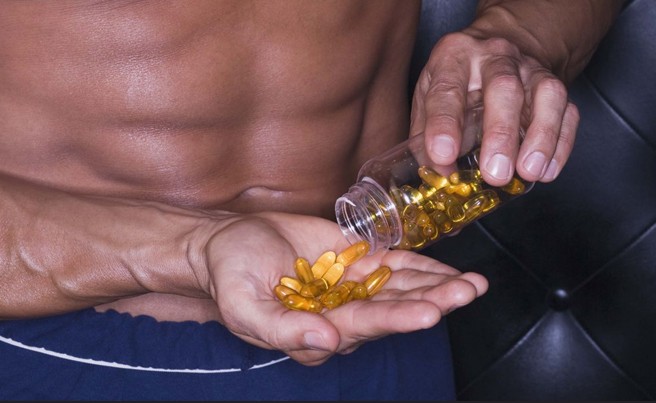
People who want to build up and sculpt their bodies often want to use any means they have at their disposal to do it. Often, it feels like a diet and exercise plan simply isn’t enough, even when taken to extremes.
This is where the wide world of supplements comes in.
Supplements run a wide range of different substances. Some of them are little more than crushed-up herbs with supposedly beneficial effects on metabolism, fat loss, muscle growth, and overall health. Some of them are carefully studied and proven performance enhancers. Some are hormones that have a dramatic effect on the body but in both a positive and a negative way. Some, of course, simply do nothing.
The Matter of Legality
The world of drug legality is huge and complicated. Even when just considered bodybuilding, there are a lot of drugs that may be illegal at the federal level or legal only under specific circumstances. There are others that are legal to use, but illegal in the eyes of the people who organize bodybuilding competitions. There are plenty of examples that are chemically similar but technically distinct from existing illegal drugs, that are simply waiting to be banned.
Now, “Illegal” can mean three different things:
- Completely illegal. Possessing or using these drugs under any circumstances is punishable with jail time, usually.
- Controlled. A controlled substance is illegal to possess without a prescription, and are often illegal in the context of competitions, but legal for medical use.
- Banned. These drugs are not illegal at a governmental level, but are banned from use by competition organizations. A bodybuilder could use these just fine if they don’t intend to compete.
Under the first category, there are a relatively small number of drugs that are completely banned. In the USA, these are the Schedule I Controlled Substances. Schedule I drugs are drugs that have a high potential for abuse, have no currently known medical use, and are not able to be used safely even under medical supervision. It’s illegal to use them, to possess them, to make them, to distribute them, or otherwise interact with them at all outside of very specific scientific and research purposes.
Schedule I drugs include things like Opium, many Opioids, hallucinogens, and other drugs. There’s a full list here. As you can see, few of them have any use in bodybuilding. Only some of the stimulants might be beneficial in that respect, but since they’re so difficult to get, they aren’t used in the USA.

The second category, the controlled substances, are typically illegal outside of circumstances where there’s a medical use and prescription involved. Prescription opioids, for example, are a common drug in this category. Many of these drugs are painkillers, though other kinds of drugs certainly exist.
Banned drugs are drugs that bodybuilding authorities recognize are performance-enhancing drugs, but which the government has not analyzed and categorized on their controlled substances lists. Bodybuilding authorities ban them from competitions, but they aren’t illegal to possess or use outside of the competition space.

You can see a list of the kinds of drugs banned by the World Anti Doping Agency here. Many of these are steroids, stimulants, or performance enhancers, but some are drugs meant to mask the presence of the above.
Interestingly, there are also processes that are not controlled, but which are banned. Red blood cell doping is one of the most famous examples. Your body uses red blood cells to transport oxygen throughout the body. During an athletic performance, your body needs more oxygen to fuel your muscles, and the more oxygen it gets, the more performance you get out of those muscles.
By extracting your red blood cells and storing them months in advance, your body returns to its normal red blood cell count by the time a contest rolls around. You then inject those red blood cells to artificially increase your blood cell count, increase oxygen transportation, and boost muscle performance.
Your red blood cells aren’t illegal to possess or inject, but they are banned for use in competition because of the advantage they convey. Of course, this is more likely to be used in endurance competitions, not in bodybuilding, where appearances matter more than performance.
Skirting Legality and “Barely Legal Drugs”
Something you might see if you frequent bodybuilding circles, particularly the seedier communities, is the idea of “barely legal” drugs and performance enhancers.
To be clear, there’s no such thing as “barely legal”, in this context or otherwise. There is only legal or illegal, with varying shades of gray based on purpose and context like the controlled substances lists.
The “barely legal” label is one of two things.
First, it might indicate a drug that is relatively new and has not been identified and banned by any of the regulating agencies involved. There are a lot of novel chemicals coming out of places like China and Russia, which are chemically similar to existing drugs but which are different enough to be considered a different chemical or molecule. They might have similar effects on the body as the drugs they mimic, or they might not; the general idea is that no one really knows until they are researched some more. Often, these are even called “research chemicals” for that reason.

These drugs are “barely legal” because, once the DEA, FDA, or WADA get ahold of them, they may be made illegal. They are legal until such time as they are made illegal, but it’s only considered “legality” through obscurity. As soon as they show up frequently enough, they will be made illegal.
It’s also worth mentioning that many of these “chemically similar” drugs are banned under the umbrella of the substance they mimic. Designer drugs that mimic performance-enhancing drugs are preemptively banned because of their resemblance.
This kind of drug is typically not safe to use. Many performance-enhancing drugs and steroids are banned not because of the unfair advantage they give, but because of the negative health effects that accompany that enhancement. They can cause heart palpitations, strokes, aneurysms, and all manner of other health issues. On top of that, many of them are addictive substances as well, making it hard and potentially dangerous to quit using them.
The other kind of “barely legal” descriptor is simple marketing talk. People looking for an edge over their competition might decide to leverage their flexible morals to take a “barely legal” substance while their competition only takes legal supplements. It attracts a specific kind of audience.
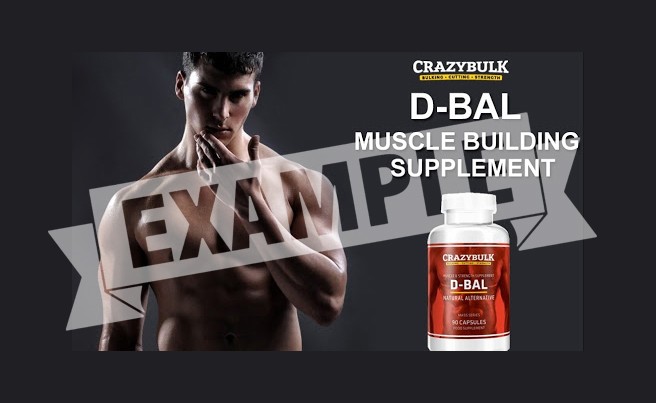
The simple fact is, these substances are not in any way illegal. They’re typically things like specific amino acid concentrations, specific proteins, or other specific nutrients. For example, Creatine is a nutrient found in fish and meat and is refined and sold as a bodybuilding supplement. It has been widely studied and proven to be effective at building muscle mass, with no adverse health effects from long-term use. Some stores might call a creatine compound a “barely legal steroid” to attract people to buy it, when it’s not questionably legal at all and is very unlikely to ever be made illegal.
This kind of marketing is also typically obfuscated through brand names, drug mixtures, and other techniques. For example, someone could sell you a “barely legal” bodybuilding supplement called Matrix Metalloproteinase or MMP, under a brand name like Craze. That “drug” is creatine mixed with a couple of other similarly-legal substances, like betaine and dendrobium extract. All perfectly fine and legal on their own. You might be wise to the legality of creatine but swayed by the marketing copy of Craze, for example.
What Supplements are Legal to Use for Bodybuilding?
In general, whenever there’s a competition involved, anything that enhances your performance is banned. With strongman competitions, performance-enhancing drugs are more broadly banned than in bodybuilding, though bodybuilding typically bans most of them even though they aren’t as relevant.
With bodybuilding, appearances matter more than performance in most cases. This is why some people turn to other kinds of drugs that don’t actually enhance muscle growth or performance, merely appearance.
The most famous of these is Synthol, an oil that is injected into the muscles prior to a competition, or even just in general. This compound is mostly oil, with some alcohol for sterilization and some lidocaine to minimize the pain of the oil present in muscles.

Synthol is not illegal and is not banned, but it does tend to be quite obvious when it’s used. Unfortunately, it tends to be used more by people with body dysmorphia, whose perception of their own muscles and form is distorted and who go to increasingly extreme lengths to try to reach their unrealistic ideal.
Synthol is not illegal and is not controlled, but it IS dangerous. It can cause anything from cysts and ulcers in the muscle tissue to decaying muscles to pulmonary embolisms, nerve damage, and in extreme cases, even death.
Most of the time, though, these aren’t the substances we think of when we talk about legal steroids and supplements. Instead, we talk about things like creatine.
To go back to the Hafthor Bjornsson diet linked all the way at the start, you can see that he takes BCAAs, Glutamine, and Vitargo as part of his diet, but otherwise just eats a high protein diet of healthy foods that is low in fat. So what are each of those?
- BCAAs are Branched-Chain Amino Acids. Amino acids are the chemicals that make up these proteins, and your body uses them for a wide variety of purposes throughout itself. BCAAs are three specific essential amino acids: leucine, isoleucine, and valine. Your body doesn’t make these itself, and thus needs to get them from outside sources. The body generally uses them to build muscle, reduce muscle degradation, and minimize soreness.
- Glutamine is another amino acid and is used in the formation of protein in the body. It’s hugely abundant in blood and protein-rich foods, mostly meat but also some green vegetables, wheat, and carrots. It’s broadly abundant and available, but supplementing it can also help with muscle growth and mass.
- Vitargo, meanwhile, is a brand name for a kind of carbohydrate drink, used for bodily fuel. It’s not really a supplement, but the brand name stands out from the rest of the strongman’s diet, so we figured we could address it.
As a bodybuilder, you are of course free to choose what substances you want to use. You can experiment with different chemicals as much as you’re willing to, but the best routine is generally going to be a highly focused, high-intensity diet, coupled with intense and targeted workouts. A lot depends on whether you’re aiming for appearance, strength, or a combination of the two.
Obviously, if you stray into the realm of illegal substances, you’re breaking laws and competition rules alike. More importantly, though, you may run into health issues. Many steroids that are controlled or banned substances are on those lists not because of their performance-enhancing abilities, but because of their health concerns. Taking those steroids can do damage to your cardiovascular system and your brain, and can be addictive enough that it’s dangerous to stop taking them without careful tapering off.
Don’t fall for the marketing of “barely legal” supplements. Remember, they’re either illegal or not, there’s no “barely” about it. Avoid substances that aren’t tested and proven, as well. Some people don’t see a problem with taking supplements no one has tried before, but the potential health risks can be deadly, so it’s best to avoid them.
When in doubt, remember that bans often apply to more than just specific drugs; they apply to chemical structures, so drugs with similar structures to banned drugs can also be banned. If you’re concerned about something you want to check, look for the substance or a similar substance on lists like the OCB Banned Substance List, the WADA Banned and Prohibited Substances List, and the USA controlled substances list. Remember, too, that these lists change as drugs are discovered, circulated, detected, and banned.
Thank! Your message has been sent successfully.



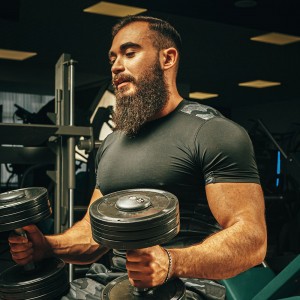

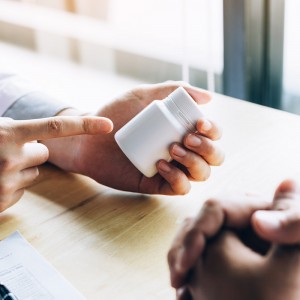

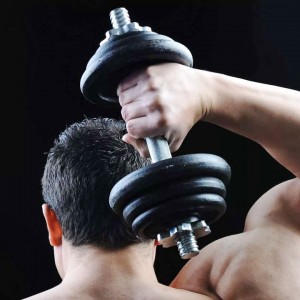


Questions and answers 0